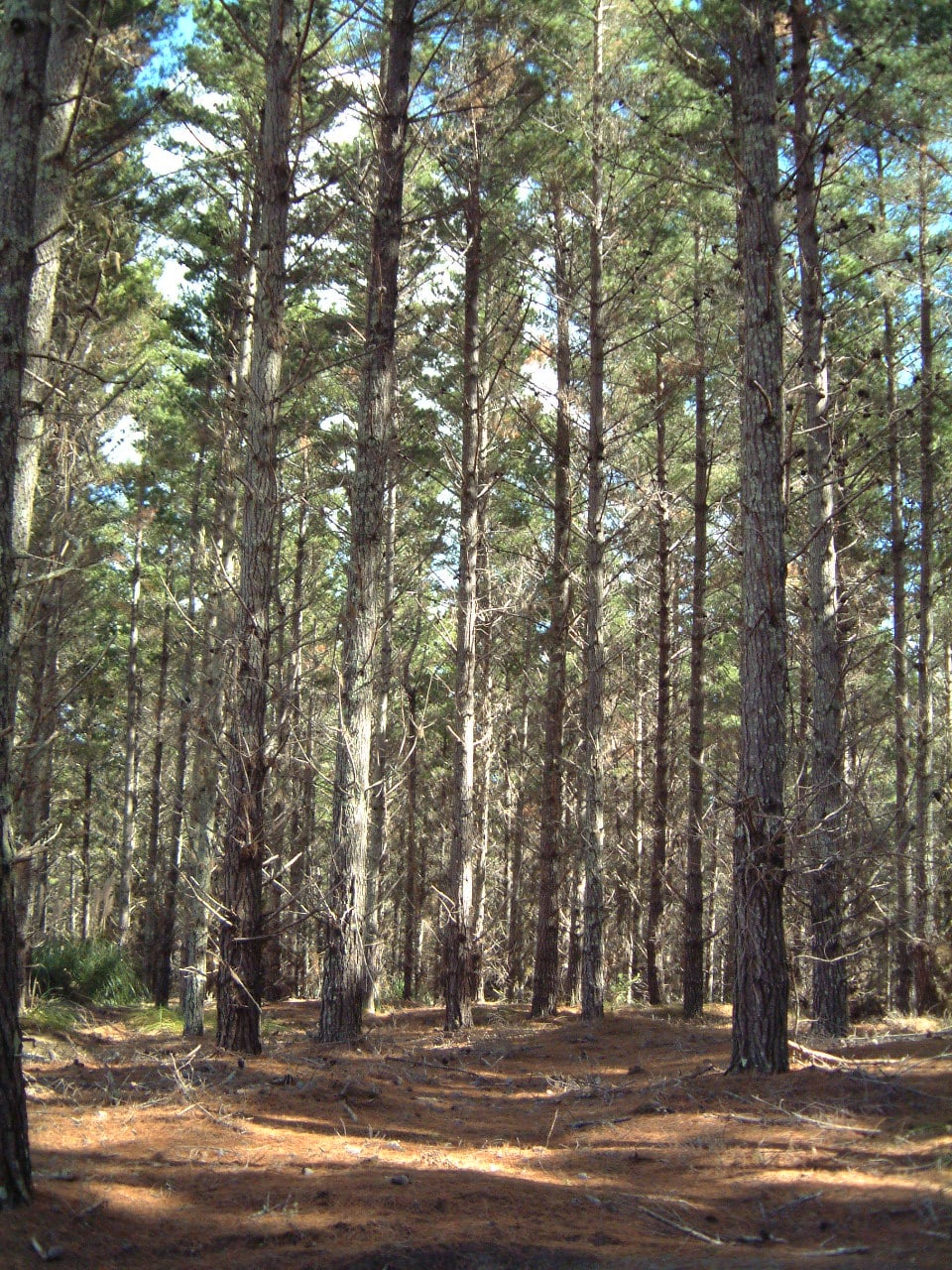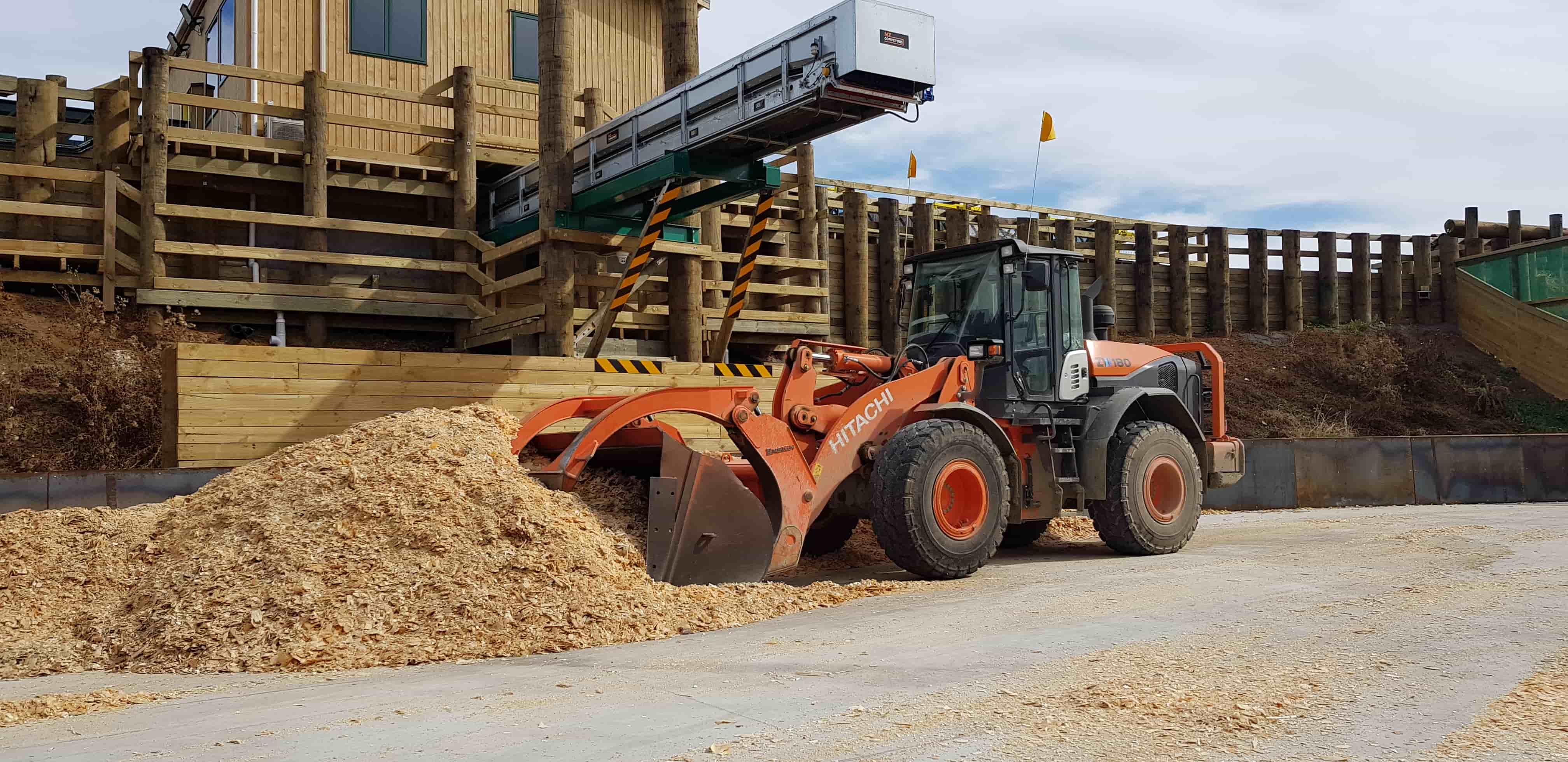TTT & The Environment
TTT Products take seriously our duty of care to manufacture poles in an environmentally responsible manner that also takes care of our people:
TTT sources NZ Radiata Pine logs from sustainably managed forests using responsible logging contractorsBy nature poles are a ‘green’ product. Trees use carbon dioxide from the atmosphere as part of their growing process.
The processes involved in manufacturing timber poles are much easier on the environment and result in less carbon dioxide emissions into the atmosphere when compared to steel and concrete.
All new equipment is designed with the wellbeing of the operator in mind. Operating conditions such as noise, dust, temperature, and vibration are carefully considered during the design phase.
At all stages of our continual improvement process we take into account the impact our decisions will have on the environment.
Waste products are recycled into other uses, such as wintering pads for farm animals, or landscaping mulches.
Our manufacturing facility is operated within the strict terms of our resource consent and the TTT Site Management & Monitoring Plan.
We comply with a multitude of Standards, Codes of Practice, and Best Practice Guidelines including but not limited to:
- NZS3640:2003 Chemical Preservation of Round and Sawn Timber (one of the TTT Directors is involved in the review of this NZ Standard)
- NZS3605:2001 Timber Piles and Poles for Use in Building
- AS/NZS1605:2006 Methods for sampling and analysing timber preservatives and preservative-treated timber
- AS/NZS2843:2006 Timber preservation plants
- Best Practice Guideline for the Safe Use of Timber Preservatives & Anti-sapstain Chemicals
- Hazardous Substances & New Organisms Act 1996 (HSNO)
- NZ Timber Preservation Council (NZTPC) Woodmark accredited licensee #444
- NZ Timber Preservation Council (NZTPC) Timber Quality Scheme for Timber Treatment
- Health & Safety at Work Act 2015 (HSWA)
 |
 |
